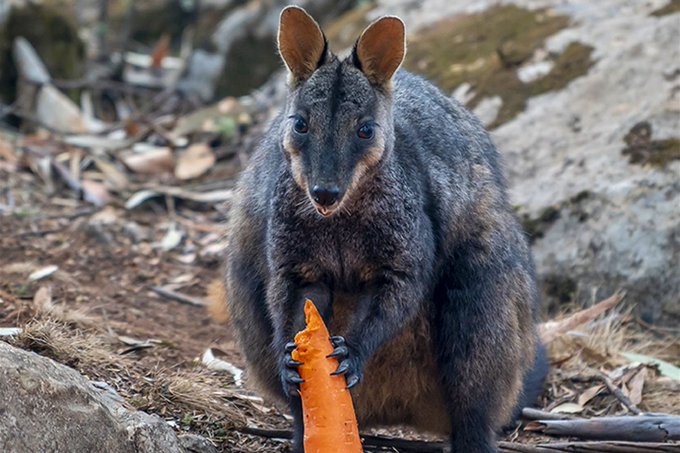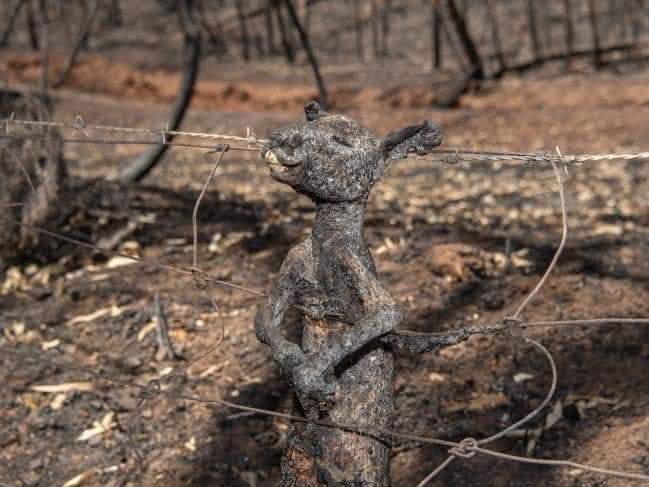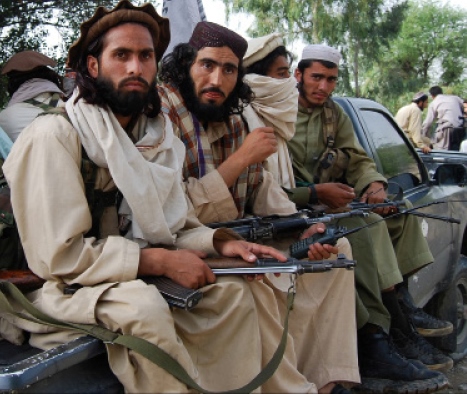Australia is facing one of its most severe ecological crisis in history. The thousands of acres of forest lands in southern Australia have been burning since September 2019 and have caused many casualties, loss of homes and environmental devastation. At least 12 million acres of land have already been scorched and more than 100 blazes are still active.
The 2019-20 bushfire crisis has coincided with Australia’s hottest year on record as well. A total of 150 fires are burning across the state, with 64 uncontained, according to the NSW Rural Fire Service (NSWRFS). Thousands of firefighters and rescue teams have been deployed for tackling the blazes. Fire authorities are following a daily check on the risk of fires through the Forest Fire Danger Index which is a combined measure of temperature, humidity, wind speed and the availability of dry fuel.
Since September, at least 20 people have reportedly died and over 1,500 homes have reportedly been destroyed. Another 28 people have been confirmed missing after bushfires tore through busy tourist hubs in eastern Victoria at the turn of the new year. The scale of the threat is immense, and fires continue to burn, with authorities calling for people to evacuate their homes.
Scientists estimate that close to half a billion native animals have been killed and fear that some species of animals and plants may have been wiped out completely. Surviving animals are abandoning their young in what is described as mass “starvation events.”

According to Australia’s Bureau of Meteorology, the fire risk in parts of the country will only worsen and reach “extreme” and “catastrophic” levels on Friday and Saturday,
Australia’s bushfire severely threaten local Ecology
Wildfires are a part of the natural rhythms of Australia’s environment, but the scientific community argue the severity of current situation is worsening under the impacts of Climate Change and warn of increase in such incidents in future. According to the National Environmental Science Program advisory, “These trends are very likely to increase into the future, with climate models showing more dangerous weather conditions for bushfires throughout Australia due to increasing greenhouse gas emissions.”
The most fearsome fact is that these large pulses of carbon dioxide emissions from Australia’s bushfires may not be reabsorbed through regrowth of forests as they have in the past.
There is also a horrifying feedback loop that occurs when great swaths of land are ablaze, a fact the globe grappled with during the Amazon fires of 2019. Bushfires release carbon dioxide, a greenhouse gas, into the atmosphere. The gas, which makes up only a small percentage of the total gases in the atmosphere, is exceptionally good at trapping heat. In just three months, Australia’s fires are estimated to have released 350 million metric tons of carbon dioxide. Experts warn a century or more will be needed to absorb the carbon dioxide released.
This fire season has also seen several reports of bushfire-generated thunderstorms. Such storms are known as “pyroCBs” and known for generating their own lightning and impacting the atmosphere at heights of up to 15km.
A study in 2019 published in the journal Scientific Reports found that adding more greenhouse gases to the atmosphere would create more dangerous conditions favourable to pyroCB events in the future, particularly for the southern parts of Australia.
The blazes severly threaten to reshape Australia’s ecology even in places where plants and animals have adapted to yearly fires. The bushfires have reportedly killed 480 million animals, environmental officials told the Times in the United Kingdom, including nearly one-third of the koalas in one of Australia’s most populated koala habitats, an area 240 miles north of Sydney.

And since the New Year’s Eve the blazes have turned skies orange and made breathing the air in Sydney as bad as smoking 37 cigarettes. Photographs of Pambula, in the state of New South Wales, showed an eerie, smoke-filled landscape, with deserted streets illuminated by an otherworldly, blazing red sky. About 30 kilometers (19 miles) south, blood-red skies loomed over the town of Eden.
Causes behind the crisis and way forward
The prolonged bout of surging temperatures this year has been an important element in the raging deadly infernos across Australia. Many plants and other organisms even depend on regular blazes to germinate, cycle nutrients, and clear decay. However, the combination of rising heat and drier weather has turned vegetation into tinder, leaving trees, shrubs, and grass ready to ignite near some of the most densely populated parts of the country. Also, “There has been a long-term increase in extreme fire weather, and in the length of the fire season, across large parts of Australia,” as stated in the 2018 State of the Climate report.
The country itself spans a region from the tropics in the north to more temperate climates in the south, with deserts in the middle. It also sits between two major oceans and is buffeted by the shifting circulation patterns of both. So the weather over the continent can change drastically year to year and become hard to predict.
However, the warning signs of Australia’s current heat wave have been building up for years.
Australia’s climate is notorious for its volatility, but this summer’s high temperatures — peaking at close to 120 degrees Fahrenheit in December — and subsequent fires had not been witnessed before. More than one-third of Australians are estimated to be affected by the fires.
The debate over inaction by the Australian government has led to people coming out in numbers to criticise and raise questions over Climate Change. By a significant and increasing majority, Australians want action on climate change, and they are now asking questions about the growing gap between the Morrison government’s ideological fantasies and the reality of a dried-out, rapidly heating, burning Australia. The Morrison government has been facing a lot of criticism from local and global agencies for its lackadaisical approach towards climate issues in the country.
For the world community too, the question stands tall, when will we start taking climate change seriously? Hope it doesn’t get too late.













